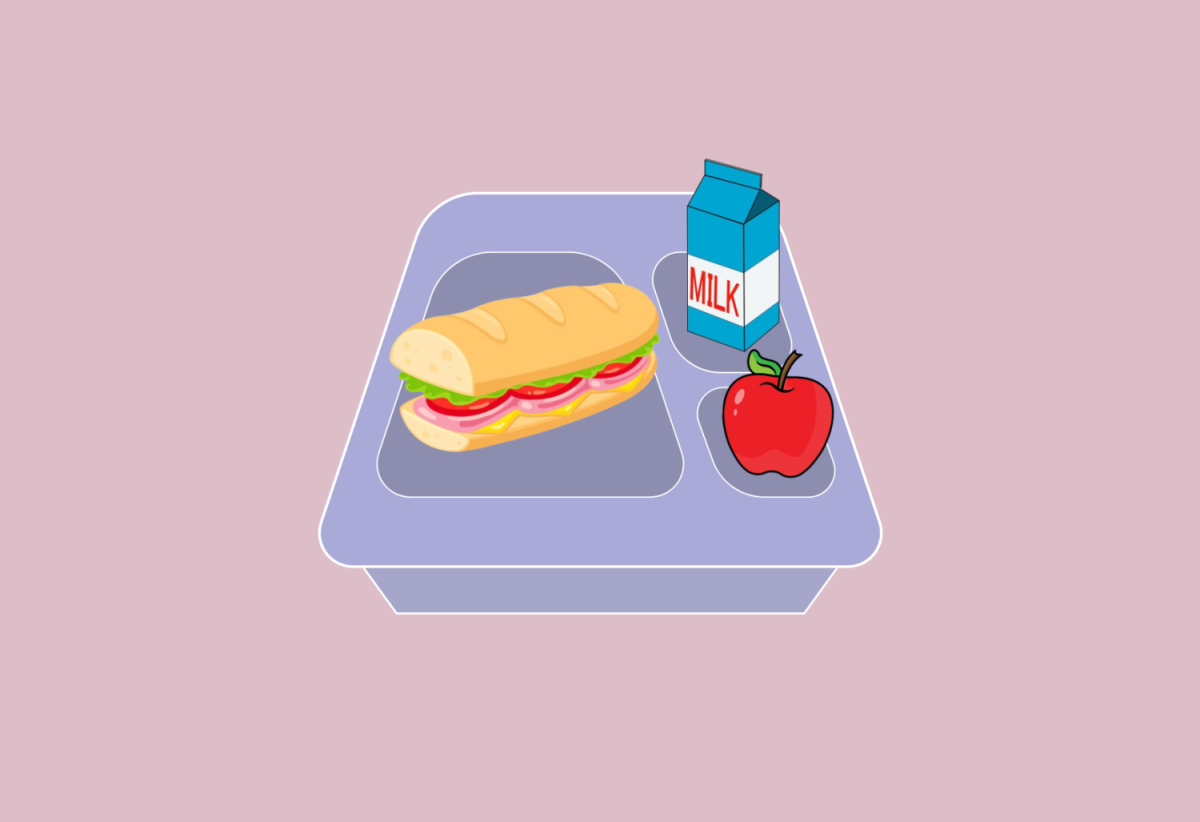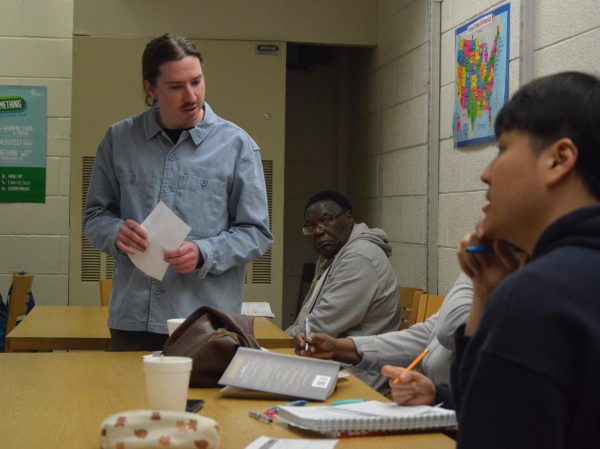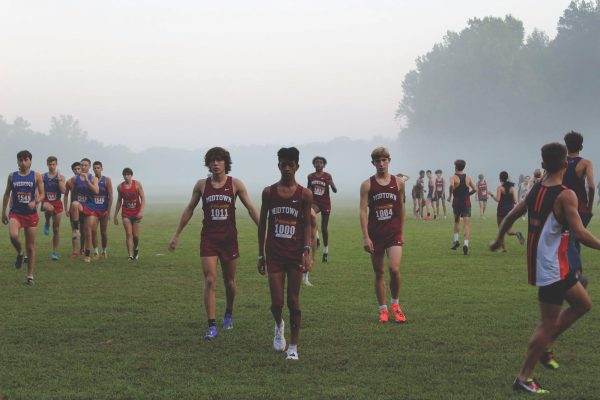Social media platforms promote irresponsible behavior with challenges
October 20, 2021
Whether it’s missing soap dispensers or graffitied walls, the results of the latest popular social media challenge are evident throughout the bathrooms at Midtown.
The widely popular TikTok challenge, “Devious Licks,” encouraged students to vandalize and steal school property, leading to significant damages to schools across the country. Midtown students joined the trend, and the school has poured considerable time and money into cleaning and repairing the restrooms in the past month. While the destruction has reached unprecedented levels at Midtown, the source of the problem is nothing new. *
The most recent trend of stealing and destroying school property is the latest in a long line of dangerous social media challenges. Challenges such as the “Tide Pod Challenge” or “Cinnamon Challenge” have serious health risks, resulting in many hospitalizations and multiple deaths. Students caught vandalizing or stealing school property as part of “devious licks” have been punished, including being forced to pay the cost of the damages.
Those who participate in social media challenges that harm themselves or others are responsible for their own actions, but social media platforms are also responsible for their continued promotion of these challenges. The platforms’ algorithms push harmful content onto users, particularly teenagers, with no regard to the serious consequences of these challenges.
By prioritizing these videos in users’ feeds, platforms are encouraging dangerous content. But it is content that is more likely to get users to interact with the platform, through liking, sharing or participating in the trend. In order to stand out, content becomes more and more outrageous, and often more dangerous.
When users interact with these videos, social media algorithms feed them more, creating a cycle that fuels the popularity of dangerous challenges. Users are pressured into participating, either by the potential for internet popularity or the fear of missing out, leading them to make rash decisions for the sake of internet fame. Earlier this year, the “Milk Crate Challenge” saw participants try and fail to climb atop a pyramid of milk crates. The videos, which depicted people falling and injuring themselves, earned millions of views on social media platforms such as TikTok. Heavy social media use has been found to lead to an increased risk for mental health issues, and the fear of missing out on what others are doing is a potential driving factor in people’s participation in social media trends.
The far-reaching consequences of these challenges are emblematic of a larger problem. Social media companies push dangerous content onto users, especially vulnerable teenagers, preying on their fear of missing out on the latest popular trend. The dangers of social media challenges extend beyond vandalized bathrooms, to the core of social media algorithms, which perpetuate dangerous trends for clicks.











